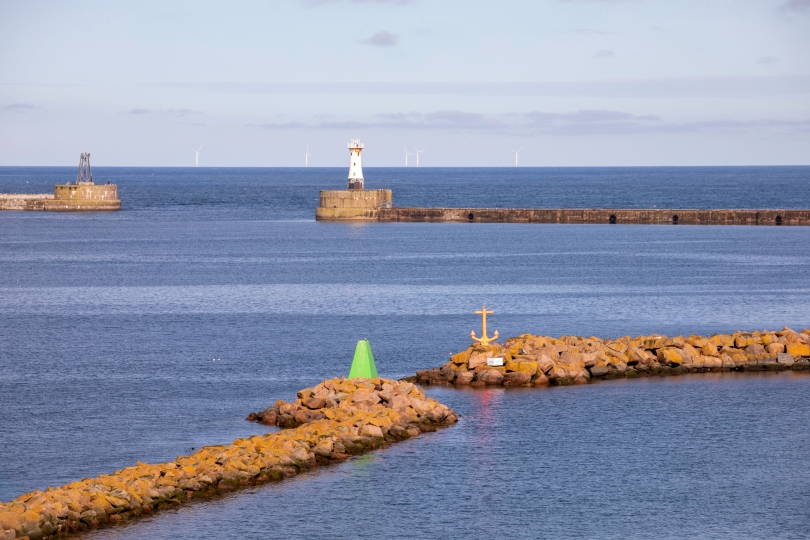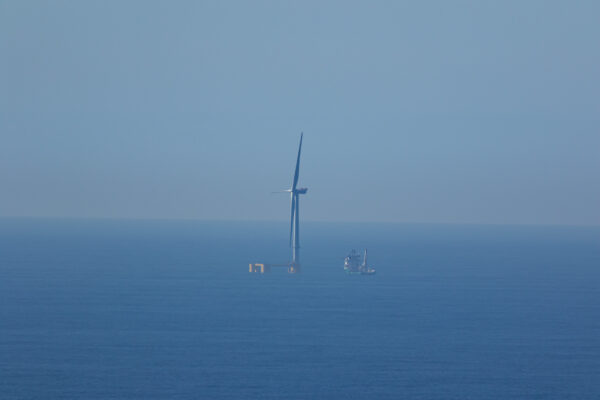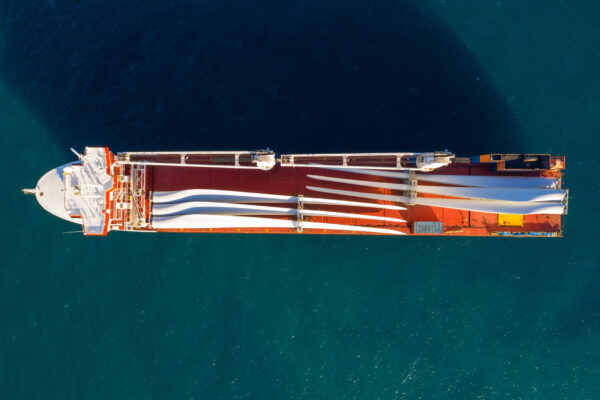Salamander is a planned 100 MW floating wind farm 35 km off Peterhead in north-east Scotland. With approvals for both offshore and onshore infrastructure secured, it’s moving into the next stage of development.
As a pre-commercial project, it sits between small pilots and the large wind farms planned under ScotWind, Scotland’s seabed leasing programme for offshore wind. The first ScotWind round awarded rights for 25 GW of projects, including 15 GW of floating wind, most around 1 GW each and expected after 2030. Salamander’s role is to prove floating technology at scale, refine operational methods, and prepare the supply chain for the surge in floating wind projects that will follow.
Bridging the gap to deepwater scale
With most of the UK’s shallow seabed already in use, deepwater is the next frontier. WindEurope estimates that 80% of Europe’s wind resource is in waters deeper than 60 m, making floating wind essential to unlock this potential. Scotland’s current floating capacity is 80 MW from Hywind and Kincardine. Moving to ScotWind’s 15 GW of planned floating projects will require proven technical solutions and a ready supply chain.
The Salamander project will deploy up to seven full-scale floating turbines paired with a 100 MW onshore battery system to address deepwater challenges such as mooring, dynamic cabling, platform motion, and maintenance. Alongside generating operational data on how floating wind and storage perform together, Salamander will be among the first in Europe to trial full-scale O&M practices for floating wind, including remote access, vessel strategies, and SCADA for moving structures. It also plans to increase Scottish content by engaging ports, fabricators, and service providers, giving them a direct route into the floating wind market ahead of post-2030 build-out.
Preparing for the future
Salamander supports the UK’s target of 5 GW of operational floating wind and Scotland’s 11 GW offshore wind goal by 2030. Beyond its immediate role, it will provide a proven model for building, operating, and maintaining floating wind farms at scale, helping the industry move from today’s early deployments to gigawatt-scale projects in the 2030s.



